Code Next
字体介绍:
我们正在展示独立类型系列Code Next,这是Code Pro在功能、多功能性和应用方面的惊人发展。转换包括6个新的权重,10个新的斜体,完全支持扩展西里尔字母和希腊字母,完全重新设计和字形细化,2种可变字体,仅举几例。
追溯到2011年,灵感来源于怪诞的Code Pro旨在补充令人难忘的作品,彰显个性。在风格化和简化之间取得平衡,它以基本有机形状的独特声音进行编码,以经得起时间的考验。我们几乎不知道,作为新的Code Next,它将扩展并发挥“来自未来的字体”的潜力。
如今,这款几何无衬线字体是一个由22种风格组成的字体家族,通过简化的扭曲形式巩固了其相关性,并带有强烈的建设性美学。
这些适用于印刷、网络和显示可视化方面的任何现代设计。Code Next是为超越而开发的,它是为使用扩展拉丁语、扩展西里尔语和希腊语的多脚本项目准备的。
探索Code Next的多功能性,并借助2种可变字体、1280多个字形和广泛的OpenType功能集进行切换,包括小帽、标准和任意连字、上下文和风格交替、风格集、区分大小写的形式等等。
•22种字体的字体系列–10种重量、10种直立、10种斜体、2种可变字体
•语言-完全支持扩展拉丁语(英语);扩展西里尔文;希腊语
•可变字体–2种字体
10 years later, one of the first geometric typefaces in our font portfolio and a popular favorite of yours is rising to a whole new level!
We’re revealing the stand-alone type family Code Next—a staggering evolution from Code Pro in functionality, versatility, and application. The transformation includes 6 new weights, 10 new Italics, full support of Extended Cyrillic and Greek, full redesign and glyphs refinement, 2 variable fonts, to name but a few.
Going back to 2011, the grotesque-inspired Code Pro was designed to complement memorable pieces that make a statement. Balancing between stylization and simplification, it was encoded with the distinct voice of basic organic shapes to stand the test of time. Little did we know, it would expand and live up to the potential of a “font from the future” as the new Code Next.
Today, a type family of 22 styles, this geometric sans-serif solidifies its relevance and carries a strong constructive aesthetic through simplified forms with a twist.
These fit any modern design in print, web, and display visualization. Developed to go above and beyond, Code Next comes prepared for multi-script projects with Extended Latin, Extended Cyrillic, and Greek.
Explore Code Next’s versatility and switch things up with the help of 2 variable fonts, more than 1280 glyphs, and an extensive OpenType features set including small caps, standard and discretionary ligatures, contextual and stylistic alternates, stylistic sets, case sensitive forms, and much more.
• Font family of 22 fonts – 10 weights, 10 uprights, 10 italics, 2 variable fonts
• Languages – Full support of Extended Latin (English); Extended Cyrillic; Greek.
• Glyph count – 1288
• Variable fonts – 2 fonts
Afrikaans (also Cape Duch, Cape Afrikaners, and West Germanic language of South Africa), Asu, Azerbaijani (also Azeri – Cyrillic), Belarusian (also Lachinka), Bemba, Bena, Bulgarian, Breton, Bosnian (Cyrillic), Catalan, Chechen, Kiga (also Rukiga, Ruchiga, and Chiga), Czech, Welsh, Danish, Taita, German, Lower Sorbian, Jola (also Jola-Fonyi, and Kujamataak), Embu, Greek, English, Esperanto, Spanish, Estonian, Basque, Finnish, Filipino (also Modern Philippines), Faroese, French, Friulian, Western, West Frisian, Irish, Scottish, Gaelic, Galician, Swiss, German, Gusii, Manx Gaelic, Croatian (also Gaj’s Latin alphabet, Abeceda, and Gajica), Upper Sorbian, Hungarian, Indonesian, Icelandic, Italian, Machame (also Kimachame), Kamba, Makonde (also Kimakonde), Kabuverdianu (also Cape Verdean Creole, Kriolu, Barlavento, and Sotavento), Kikuyu, Greenlandic (also Kalaallisut), Kalenjin, Shambala (also Kishambala, (ki)Sambaa, and (ki)Shambaa), Colognian (also Kölsch), Cornish, Luxembourgish, Ganda (also Luganda), Lithuanian (also Lithuanian Lietuviu Kalba, and East Baltic language), Luo (also Lwo, and Lwoian), Luyia (also Luyia, Luhia, and Luhiya), Latvian, Meru, Mauritian Creole (also Morisyen), Malagasy, Makhuwa-Meetto, Macedonian, Maltese, North Ndebele (also isiNdebele saseNyakatho, and Zimbabwean Ndebele), Dutch, Norwegian (also Nynorsk, and Bokmål), Nkore (also Nkole, Nyankore, Nyankole, Orunyankore, Orunyankole, Runyankore, and Runyankole), Oromo (also Afaan), Ossetian (also Ossetic, and Ossete), Polish, Portuguese, Quechua (also Runasimi), Romansh, Kirundi (also Rundi), Romanian

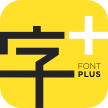









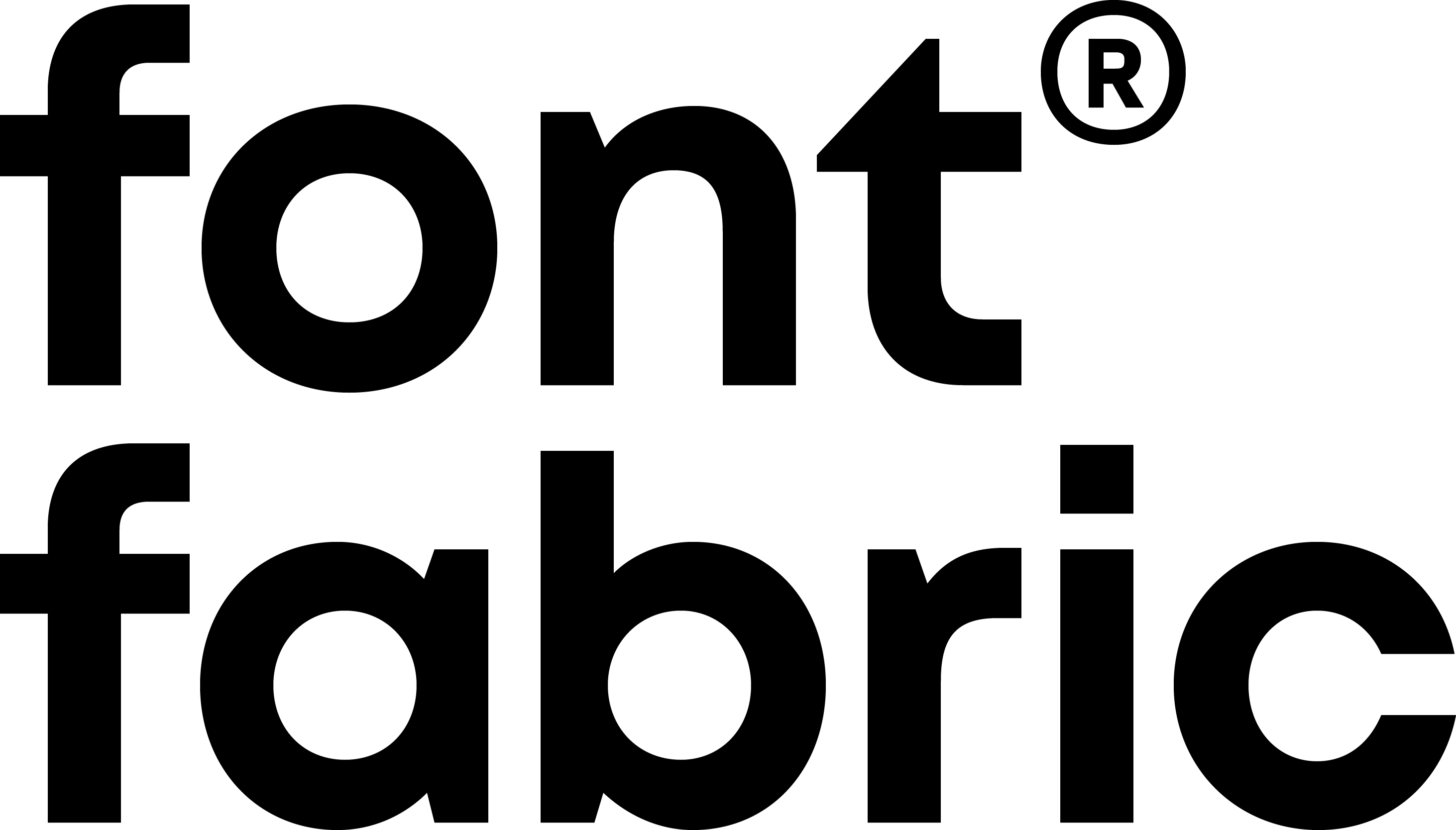

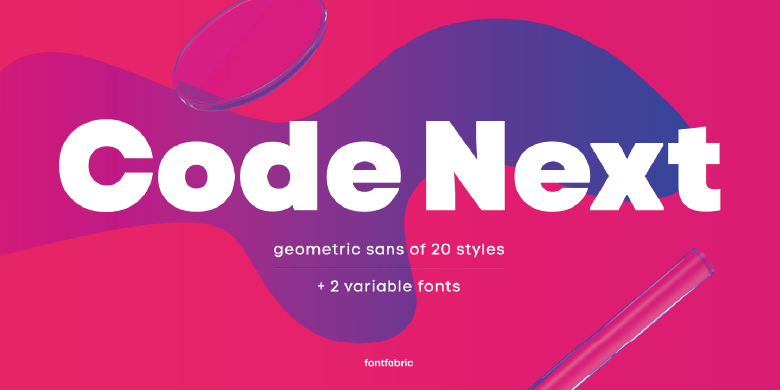
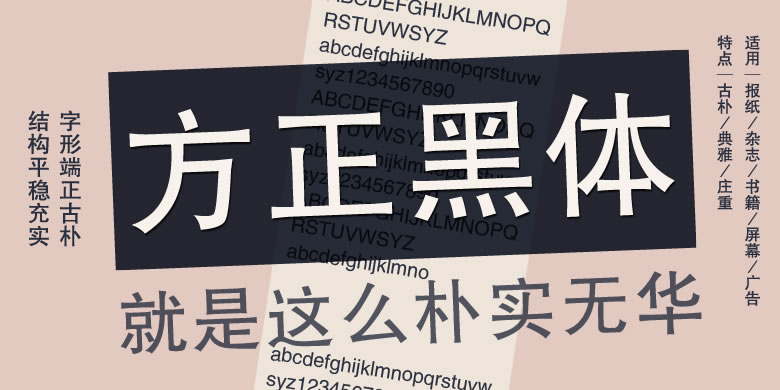
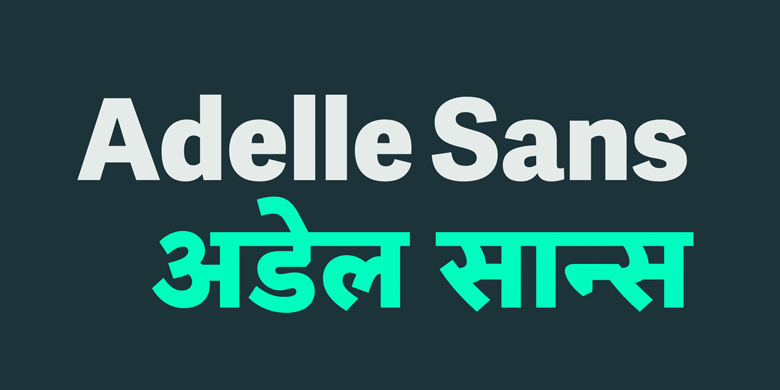
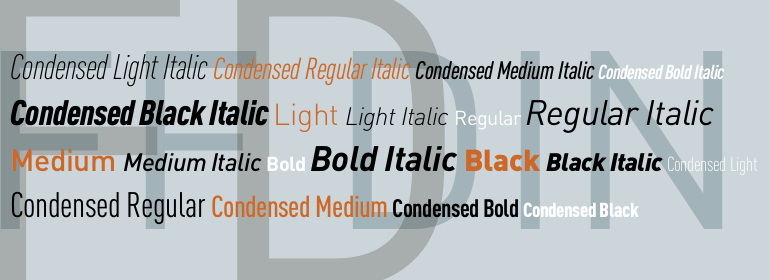
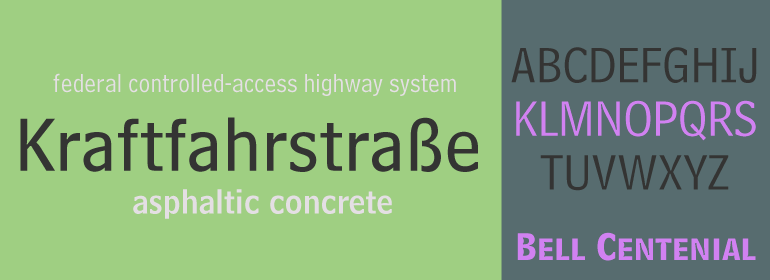
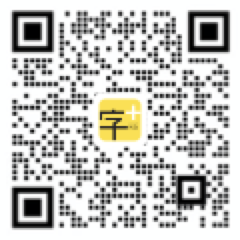


 商业发布授权
商业发布授权
 出版物授权:针对出版物
出版物授权:针对出版物
 嵌入式应用授权
嵌入式应用授权






